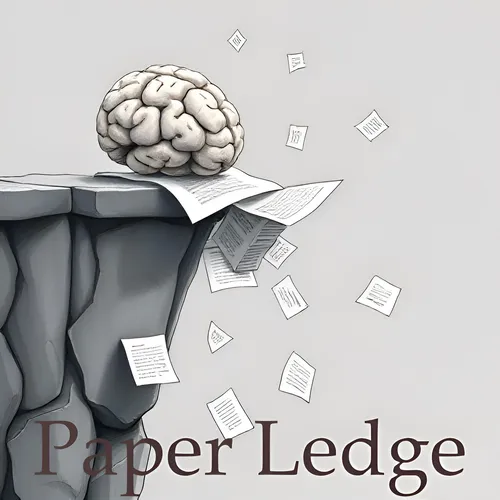Artificial Intelligence - ComputerRL Scaling End-to-End Online Reinforcement Learning for Computer Use Agents
- Author
- ernestasposkus
- Published
- Wed 20 Aug 2025
- Episode Link
- https://www.paperledge.com/e/artificial-intelligence-computerrl-scaling-end-to-end-online-reinforcement-learning-for-computer-use-agents/
Alright PaperLedge crew, Ernis here, ready to dive into something super cool that's pushing the boundaries of AI and how it interacts with our computers. We're talking about a new framework called ComputerRL, and it's all about giving AI agents the skills to navigate and master complex digital workspaces - basically, teaching them to use a computer like a pro!
Now, imagine trying to teach a robot to make a sandwich. It’s not just about telling it the steps; it’s about it understanding how to use the bread, the knife, the condiments – all the tools and interfaces. ComputerRL tackles the same problem but in the digital world. The researchers realized there's a big mismatch between how AI "thinks" (in code and APIs) and how we interact with computers (clicking buttons and using a mouse). So, they created this framework to bridge that gap.
The clever thing is something called the API-GUI paradigm. Think of it like this: the API is the direct line to the computer's brain, allowing the AI to do things with code. The GUI (Graphical User Interface) is what we see on the screen – the windows, icons, and menus. ComputerRL lets the AI use both! It can use code to do some things and then directly interact with the screen like a human would.
But here’s where it gets really interesting. To make these AI agents really good, they need a LOT of practice. The researchers wanted to train them using something called Reinforcement Learning (RL), which is like teaching a dog a trick: you reward it when it does something right. But training these AI agents is tough. It's like trying to train thousands of dogs at once in a really unstable environment! The problem is environmental inefficiency and instability in extended training.
To overcome this, they built a massive distributed RL infrastructure. Picture thousands of virtual computers all working together, letting the AI practice different tasks simultaneously. It's like having a huge training ground where the AI can experiment and learn at lightning speed!
Even with all that training, the AI can still get stuck in ruts. It’s like a student who memorizes the answers without really understanding the concepts. The AI can experience something called “entropy collapse”, where it stops exploring new options and gets stuck in a narrow range of actions. To fix this, they came up with a clever training strategy called Entropulse. It's like alternating between practice drills (reinforcement learning) and studying the textbook (supervised fine-tuning). This helps the AI stay flexible and explore new possibilities.
So, what were the results? Well, they used ComputerRL with some pretty powerful open-source AI models like GLM-4-9B-0414 and Qwen2.5-14B. And guess what? The model called AutoGLM-OS-9B achieved a new state-of-the-art accuracy of 48.1% on the OSWorld benchmark! That's a huge leap forward, showing that these AI agents are getting much better at general desktop automation.
Why does this matter?
- For developers, it means a powerful new framework for building AI that can automate complex tasks.
- For businesses, it opens the door to more efficient workflows and AI assistants that can handle a wider range of responsibilities.
- For everyone, it represents a step towards more intelligent and helpful technology that can simplify our digital lives.
"The AutoGLM-OS-9B based on GLM-4-9B-0414 achieves a new state-of-the-art accuracy of 48.1%, demonstrating significant improvements for general agents in desktop automation."
This research has already been used to build AutoGLM, which is pretty cool. So, a few questions that pop into my head are:
- How far away are we from AI assistants that can truly handle all our mundane computer tasks?
- What are the ethical considerations of giving AI so much control over our digital lives?
- Could frameworks like ComputerRL help bridge the digital divide by making complex software more accessible to everyone?
That's all for this episode! Hope you enjoyed diving into the world of ComputerRL. Until next time, keep learning and keep exploring!
Credit to Paper authors: Hanyu Lai, Xiao Liu, Yanxiao Zhao, Han Xu, Hanchen Zhang, Bohao Jing, Yanyu Ren, Shuntian Yao, Yuxiao Dong, Jie Tang
